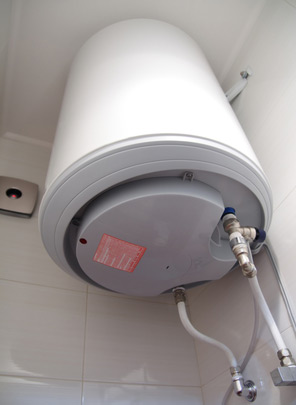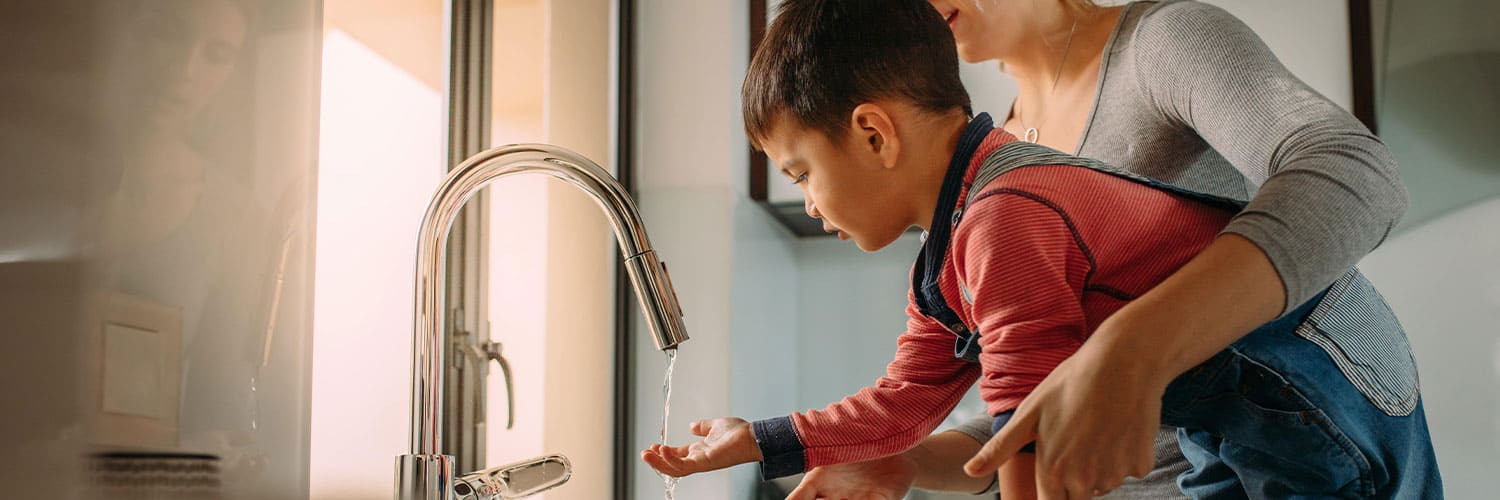Essential Guidance on Caring for Your Home's Hot Water SystemSpecialist Guidance for Caring for Your Home's Hot Water System
Essential Guidance on Caring for Your Home's Hot Water SystemSpecialist Guidance for Caring for Your Home's Hot Water System
Blog Article
Were you in search of selective information concerning Tips on Maintaining a Water Heater?

Warm water is important for day-to-day comfort, whether it's for a revitalizing shower or washing recipes. To ensure your hot water system runs effectively and lasts much longer, regular maintenance is crucial. This write-up provides functional pointers and understandings on just how to maintain your home's hot water system to prevent disturbances and pricey repairs.
Introduction
Preserving your home's warm water system could seem difficult, however with a couple of basic actions, you can guarantee it operates smoothly for many years ahead. This overview covers everything from understanding your hot water system to DIY maintenance ideas and recognizing when to call professional help.
Importance of Maintaining Your Hot Water System
Routine maintenance not only prolongs the life expectancy of your warm water system yet additionally guarantees it runs successfully. Ignoring upkeep can cause lowered performance, greater energy expenses, and even premature failure of the system.
Indications Your Hot Water System Needs Maintenance
Knowing when your hot water system needs attention can prevent major concerns. Keep an eye out for indicators such as irregular water temperature level, odd noises from the heating unit, or rustic water.
Purging the Water Heater
Flushing your hot water heater gets rid of sediment accumulation, enhancing efficiency and prolonging its life.
Checking and Changing Anode Rods
Anode rods stop deterioration inside the tank. Examining and replacing them when worn is vital.
Facility Issues Requiring Expert Assistance
Instances consist of major leaks, electrical issues, or if your hot water heater is continually underperforming.
Regular Professional Maintenance Advantages
Expert upkeep can consist of extensive evaluations, tune-ups, and ensuring conformity with safety and security criteria.
Checking and Changing Temperature Settings
Adjusting the temperature level setups makes sure ideal performance and safety.
DIY Tips for Upkeep
You can do a number of maintenance jobs yourself to keep your warm water system in leading problem.
Checking for Leaks
Regularly evaluate pipelines and connections for leaks, as these can bring about water damages and higher bills.
Recognizing Your Warm Water System
Before diving into upkeep tasks, it's useful to recognize the standard elements of your hot water system. Typically, this consists of the water heater itself, pipes, anode poles, and temperature controls.
Monthly Upkeep Tasks
Routine monthly checks can aid catch minor concerns before they rise.
Checking Pressure Alleviation Valves
Evaluating the pressure safety valve ensures it operates properly and prevents too much stress accumulation.
Shielding Pipes
Protecting warm water pipes minimizes heat loss and can save power.
When to Call a Specialist
While DIY upkeep is useful, some concerns need professional competence.
Conclusion
Regular maintenance of your home's warm water system is vital for performance, durability, and price savings. By adhering to these suggestions and recognizing when to seek expert help, you can make sure a reliable supply of hot water without unanticipated disruptions.
How to Maintain an Instant Hot Water Heater
Before tinkering with your hot water heater, make sure that it’s not powered on. You also have to turn off the main circuit breaker and shut off the main gas line to prevent accidents. Also turn off the water valves connected to your unit to prevent water from flowing into and out of the appliance. 2. When you’re done, you have to detach the purge valves’ caps. These look like the letter “T” and are situated on either side of the water valves. Doing so will release any pressure that has accumulated inside the valves while at the same time avoid hot water from shooting out and burning your skin. 3. When the purge valves’ caps are removed, you have to connect your hosing lines to the valves. Your unit should have come with three hoses but if it didn’t, you can purchase these things from any hardware or home repair shops. You can also get them from retail stores that sell water heating systems. Read the user’s manual and follow it to complete this task properly. When the hosing lines are connected, open the purge port’s valves. 4. You should never use harsh chemical cleaners or solutions when cleaning your unit. Make use of white vinegar instead. It should be undiluted and you’ll probably use about 2 gallons. 5. Now flush your water heater. This task should probably take about 40 minutes. We can’t give you specific directions for this because the procedure is carried out depending on the type, model and brand of your heater. With that being said, refer to the user’s manual. 6. When you’re done draining the unit, you have to turn off the purge port valves again. Remove the hosing lines that you earlier installed on each of the water valves. Put the valve caps (purge port) back in their respective places and be very careful so as not to damage the rubber discs that are found inside these caps. 7. Now that everything’s back in place, check your user’s manual again to find out how to reactivate your water heating system. 8. Once it is working, turn one of your hot water faucets on just to let air pass through the heater’s water supply pipes. Leave the tap on until water flows smoothly out of it. https://www.orrplumbing.com/blog/2014/september/how-to-maintain-an-instant-hot-water-heater/

We hope you liked our piece on Water Heater Maintenance Tips You Can't Afford to Forget. Thanks for finding the time to read our posting. Remember to pause to distribute this post if you appreciated it. Many thanks for your time. Come back soon.
This Site Report this page